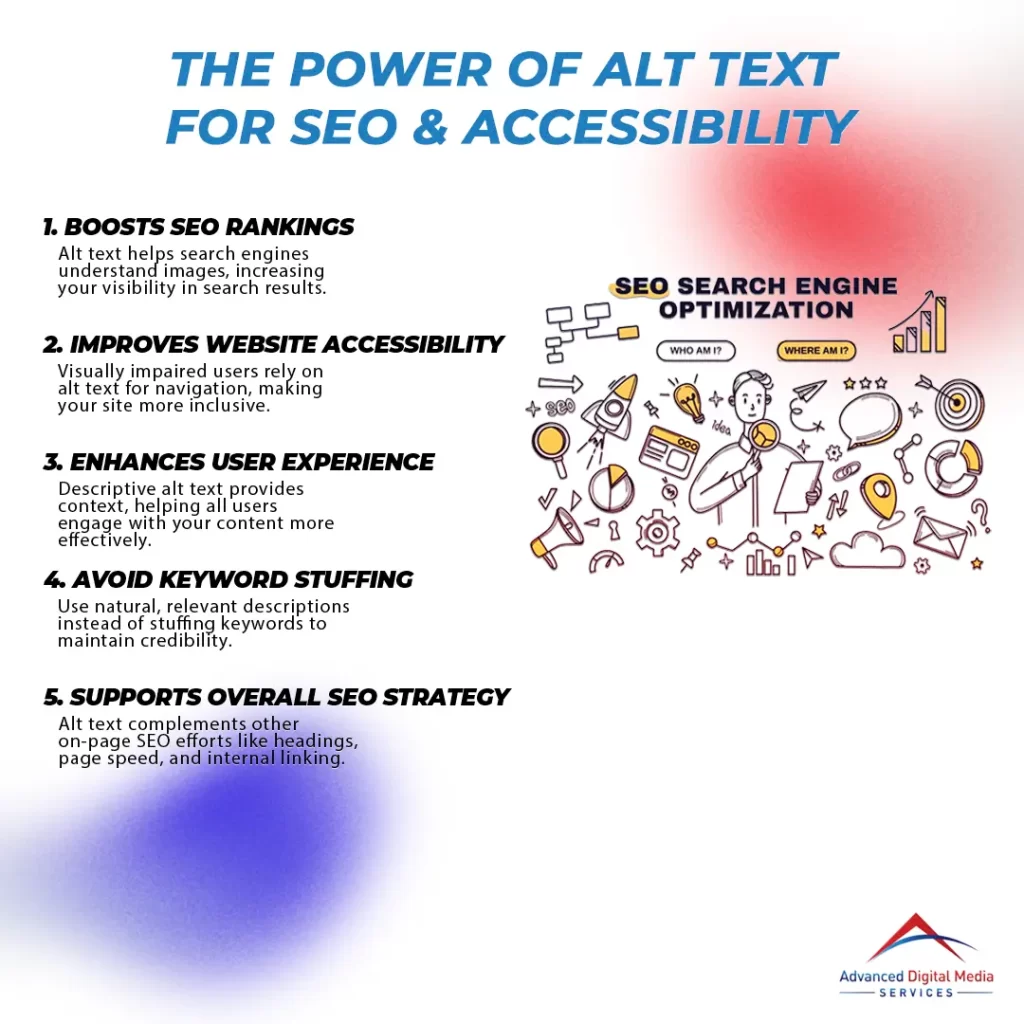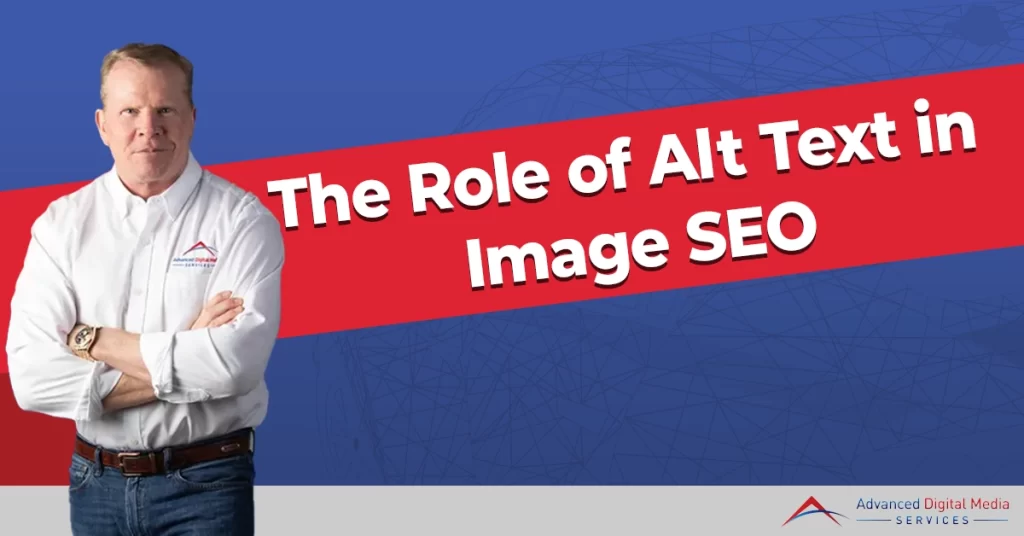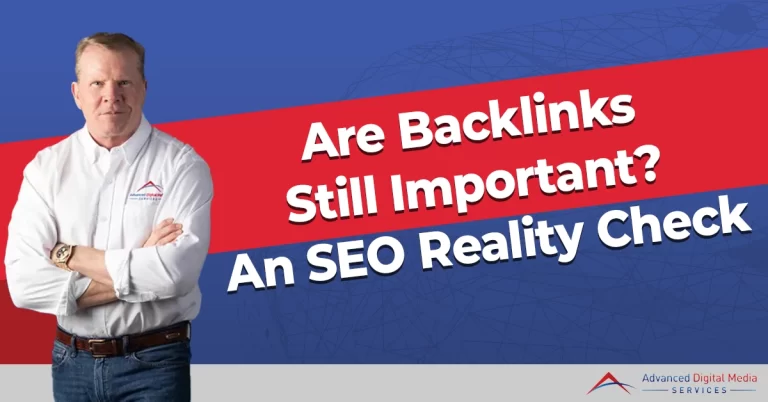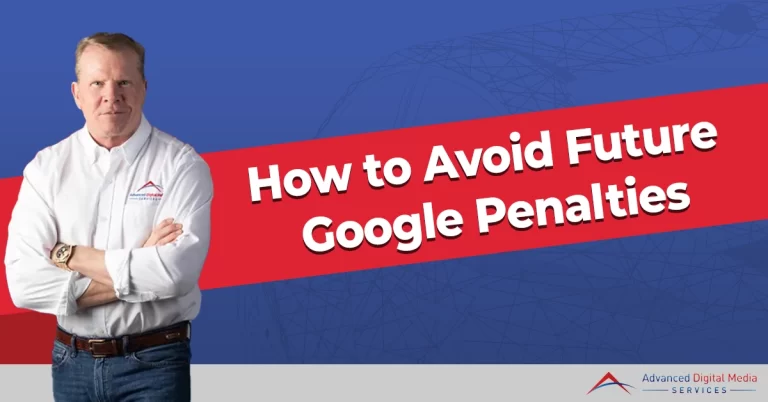Alt text plays an essential role in image SEO by helping search engines understand what your images depict. It improves your site’s visibility in search results and makes content accessible for visually impaired users. By crafting descriptive and relevant alt text, you enhance both search rankings and user experience. Remember to avoid keyword stuffing or vague phrases. Want to know the best practices for writing effective alt text? There’s more to explore!

Key Takeaways
- Alt text enhances image SEO by providing descriptive content that helps search engines understand the context of images.
- Well-crafted alt text improves accessibility for visually impaired users, creating a more inclusive web experience.
- Keyword-rich alt text signals relevance to search engines, boosting the chances of higher rankings in image search results.
- Optimizing alt text contributes to overall site visibility and can increase organic traffic from image searches.
- Alt text should be concise and descriptive, complementing other on-page SEO strategies for maximum effectiveness.
Understanding Alt Text and Its SEO Benefits
Alt text is more than just a description; it plays a vital role in improving your site’s SEO and making your content accessible to all users. By understanding what alt text is and how it impacts search rankings, you can enhance your website’s visibility. Let’s explore why this simple element matters so much for your digital presence.
What Is Alt Text and Why Does It Matter?
When it comes to enhancing your website’s visibility, understanding the role of alt text is essential. Alt text, or alternative text, describes images on your site, providing context for search engines and users with visual impairments. You might wonder, “What is image alt text in SEO?” It’s a vital element for optimizing your images. The importance of alt text SEO lies in its ability to improve your site’s ranking in search results. By using descriptive, keyword-rich alt text, you’re signaling to search engines what your images represent. So, does image alt text help SEO? Absolutely! It not only boosts your visibility but also enhances user experience, making your content more accessible and engaging.
How Alt Text Improves Search Rankings and Accessibility
Effective use of alt text not only enhances your site’s search rankings but also greatly improves accessibility for all users. When you implement image alt text in SEO, you’re helping search engines understand your content better. This can lead to higher rankings in search results, as SEO alt text for images acts as an essential signal for relevance. Additionally, using descriptive alt text for SEO guarantees that visually impaired users can engage with your site, making it more inclusive. By optimizing your images with appropriate alt text, you’re not just benefiting your SEO strategy but also creating a more user-friendly experience. Remember, every image counts, so make certain to invest time in crafting effective alt text.
Best Practices for Writing Effective Alt Text
When it comes to writing effective alt text, you’ll want to focus on being both descriptive and relevant. Avoid falling into the trap of keyword stuffing or making common mistakes that can hurt your SEO efforts. Let’s explore some best practices that can help you enhance your images for better search visibility.
Crafting Descriptive and Relevant Alt Text
Crafting alt text that truly resonates with your audience is essential for enhancing image SEO. To use alt text effectively, focus on being descriptive and relevant. Start by clearly describing the image content, ensuring it conveys the purpose of the image. This aligns with image alt text SEO best practices. Think about how to alt text an image to provide context that users and search engines can understand. Keep it concise—typically, one to two sentences are enough. Avoid vague phrases like “image of” and instead, dive right into the description. Incorporating relevant keywords naturally can help boost your image SEO, but remember to prioritize clarity and usability for your audience.
Avoiding Keyword Stuffing and Common Mistakes
While it’s tempting to sprinkle in keywords throughout your alt text, overdoing it can actually harm your image SEO. Keyword stuffing makes your content sound unnatural and can lead to penalties from search engines. Instead, focus on writing clear and concise descriptions that accurately represent the images. Use alt text on images to provide context and enhance user experience, rather than just trying to rank higher. Aim for a balance, incorporating relevant keywords naturally without forcing them. Remember, avoiding keyword stuffing is essential for effective alt text. Keep it straightforward and meaningful, ensuring your alt text serves its primary purpose: describing the image while still being beneficial for SEO.
How Alt Text Fits Into a Broader SEO Strategy
When you think about your overall SEO strategy, alt text shouldn’t be overlooked. It not only enhances image search visibility but also works hand-in-hand with other on-page SEO techniques to boost your site’s performance. Understanding how to effectively integrate alt text can make a significant difference in your search rankings.
Enhancing Image Search for Better Visibility
As you enhance your website’s image search capabilities, incorporating alt text becomes essential to your broader SEO strategy. Properly implemented alt text SEO improves your chances of ranking higher in image searches, making your content more discoverable. When you use descriptive and relevant image alt text SEO, search engines can better understand what your images depict. This clarity can lead to increased organic traffic from users seeking specific visuals. By optimizing your images with effective SEO image alt text, you not only boost visibility but also improve overall user experience. Remember, well-crafted alt text serves both search engines and users, ensuring that your images contribute meaningfully to your site’s SEO performance. So, make alt text a priority in your image optimization efforts.
Using Alt Text Alongside Other On-Page SEO Techniques
Incorporating alt text into your on-page SEO strategy not only enhances image accessibility but also complements other optimization techniques. When you use descriptive alt text in images, it helps search engines understand the context of your visuals, improving your overall content relevance. For instance, an alt text image example like “a blue vintage car parked in a sunny street” provides clarity. Additionally, make certain your alt text in images aligns with your target keywords for better search visibility. Combining alt text with other strategies—like using relevant headings, optimizing page speed, and including internal links—creates a holistic SEO approach. This synergy boosts your chances of ranking higher in search results and attracting more organic traffic to your site.
Frequently Asked Questions
Can Alt Text Improve Website Accessibility for Visually Impaired Users?
Yes, adding alt text to images can greatly improve website accessibility for visually impaired users. It provides them with descriptions that enhance their experience, ensuring they can understand and navigate your content effectively.
How Does Alt Text Impact Image Search Rankings Specifically?
Alt text helps search engines understand your images better, improving their relevance in search results. By accurately describing your images, you enhance your chances of ranking higher in image searches, driving more traffic to your site.
Is There a Character Limit for Alt Text Descriptions?
You might be surprised, but there’s no strict character limit for alt text descriptions. However, it’s best to keep them concise—around 125 characters—to guarantee search engines and users can easily understand the image’s context.
Should Alt Text Be Written Differently for Different Images on the Same Page?
Yes, you should write alt text differently for each image on the same page. Unique descriptions help search engines understand context better and improve accessibility for users who rely on screen readers.
Can Using Keywords in Alt Text Lead to Penalties From Search Engines?
You might think using keywords in alt text could boost your SEO, but over-stuffing it can lead to penalties. Search engines favor natural, descriptive text that enhances user experience, so keep it relevant and concise.
Conclusion
So, while you might think skipping alt text is harmless, imagine your stunning images floating in the vast sea of the internet, unseen and unloved, like a forgotten postcard in a dusty attic. By embracing alt text, you not only provide clarity for search engines but also guarantee that your visuals shine for everyone, including those who can’t see them. It’s a small step that transforms your content from invisible to unforgettable—who knew a few words could wield such power?






